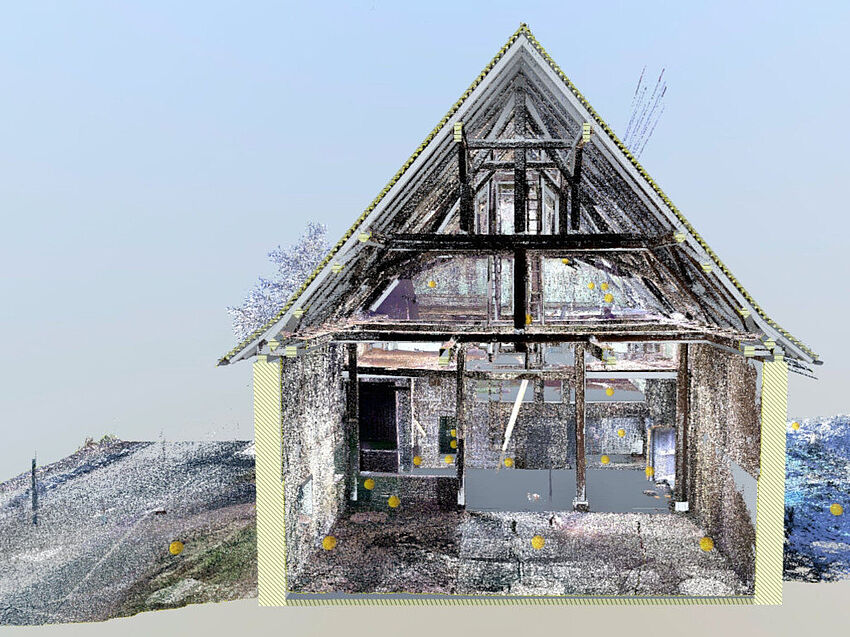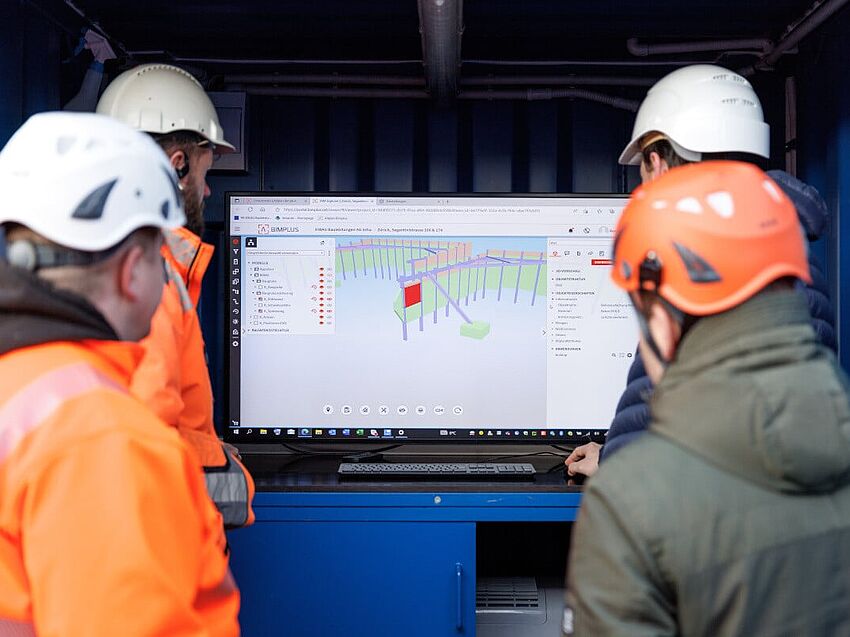With Building Information Modeling (BIM) buildings can be realized more efficiently, in a more resource-conserving manner and faster. The launch of the new planning software optimizes the work processes in your company with lasting impact. In this article find out how you can master the changeover to BIM seamlessly and which changes your company must face before, during and after the transition phase.

Communicating the benefits of the BIM method
As manager it is your responsibility to motivate your staff for implementation of BIM. The formulation of the targets by management demonstrates here the many benefits of the BIM method and explains how the transition will look in the different stages. It concerns a detailed description of the added value your company can achieve using BIM.
BIM manager and BIM coordinator
The introduction of the new working methods requires flexibility in the entire team. In order for the changeover to function as smoothly as possible, the willingness of your employees to change customary work structures is a key factor. Only when they adopt a positive view towards BIM, structures and processes can be optimized. Prior to introduction, consider training one or two members of staff who are responsible for analysis long-term and who know precisely the requirements on implementation. This enables the notion of cooperation by all participants to be implemented in full. The BIM manager coordinates adherence to the BIM management plan overall, the BIM coordinator is responsible in particular for coordination of building models and data exchange and also performs collision checks.
The change management plan for guidance
Not only the changeover to the new working method requires very precise organization. Also during and after introduction a change management plan should structure and document all the necessary steps. It serves as an important guide to your employees. It should also provide scope for the questions and concerns of team members. Organize regular meetings in which you clarify all questions from your employees on the topic of BIM. The better supported your employees are during and after the transition phase, the smoother and faster the optimization of the work processes.
The pilot project for development of efficient standards
A small pilot project with an uncomplicated structure is suitable for trying out the new planning method. But also a contractual section in a large building project can serve as a pilot project. In both instances the pilot team should document new work standards and help to develop efficient processes for the entire workforce. When putting together the team make sure that you select employees who already have prior knowledge of the planning method and are receptive to this. This way you can make the changeover to BIM easier for the entire team.
Motivation: the key to success
BIM can contribute towards mastering many challenges in your company. A detailed project summary is possible in an early stage and leads to better results in planning, correct cost forecast, transparent project management and communication for all parties involved in the construction project. But complete implementation of BIM takes time. The long-term motivation of your staff, customers and cooperation partners is, therefore, crucial.




